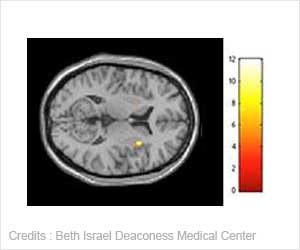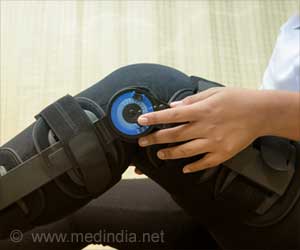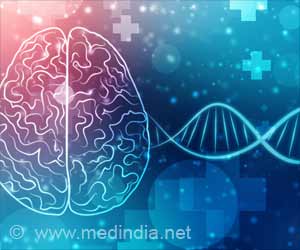A new study has found that the two major types of signalling pathways activated during brain cell development-the epidermal growth factor receptor pathway and the Notch pathway-operate together
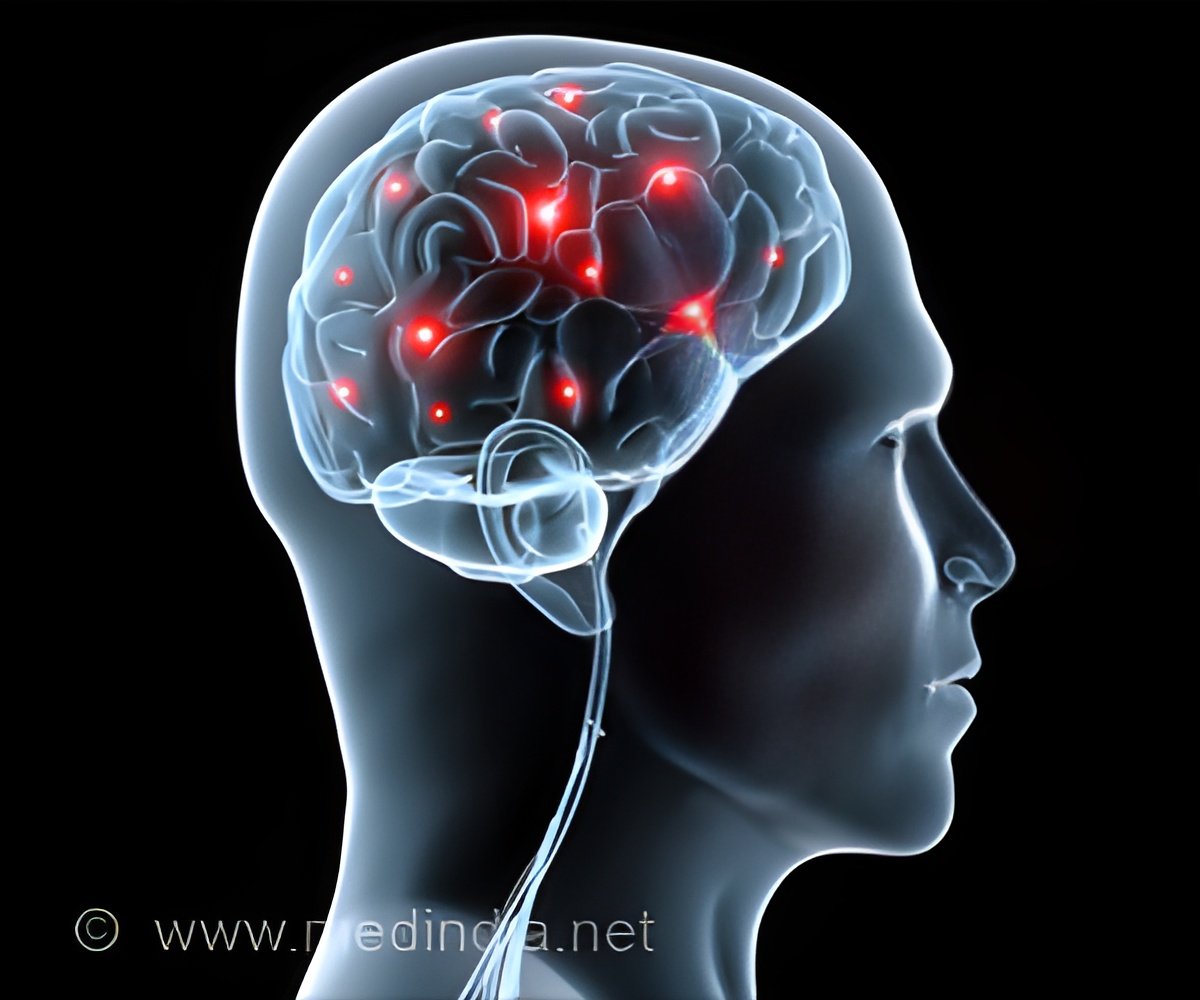
The knowledge also indicates a need for further research to determine whether disruptions of these pathways in early brain development could lead to common neurodevelopmental disorders such as epilepsy, cerebral palsy, autism, Down syndrome, ADHD, and intellectual disabilities.
"By understanding how these cellular signaling pathways operate in the brain, we may be able to develop genetic or molecular approaches that target those signals to facilitate or induce regeneration of the brain from neural stem cells," Nature quoted Dr. Vittorio Gallo, director of the Center for Neuroscience Research at Children's National as saying.
"These signaling pathways, normally activated during brain development, work in concert through the cellular microenvironment and through interactions with existing brain cells to determine how many of each type of brain cell are required for proper brain function," she added.
The researchers opted for an approach in a laboratory setting that modified genes involved in the two signaling pathways.
The approach induced gain or loss of function, allowing researchers to change the properties of neural stem cells as they developed-including altering the size of the pool of neural stem cells in the brain, the number of viable neural stem cells, and types of brain cells these stem cells ultimately become.
The discovery of the interaction between the two types of cellular signaling pathways is a critical step toward understanding, and potentially impacting, the molecular networks that regulate the cellular microenvironments, or niches, in which these neural stem cells operate.
"Investigators and clinical fellows work together in the labs to tackle important questions that have great clinical importance for children with neurodevelopmental disabilities, and tap resources and expertise at other institutions as well. This environment allows us to translate our findings into the design of specific therapeutic approaches, working together with neuroscientists, child neurologists, neurosurgeons, and neuro-oncologists," he added.
These findings are published in the latest issue of Nature.
Source-ANI
 MEDINDIA
MEDINDIA
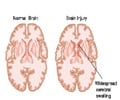



 Email
Email




